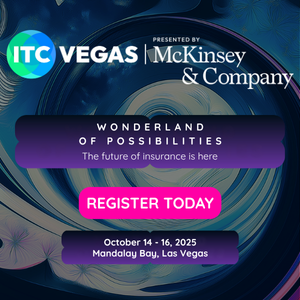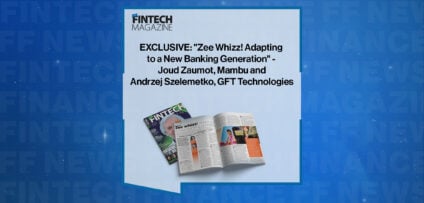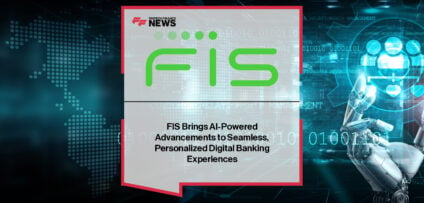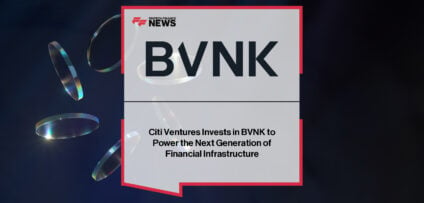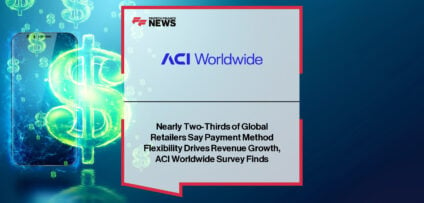Breaking News
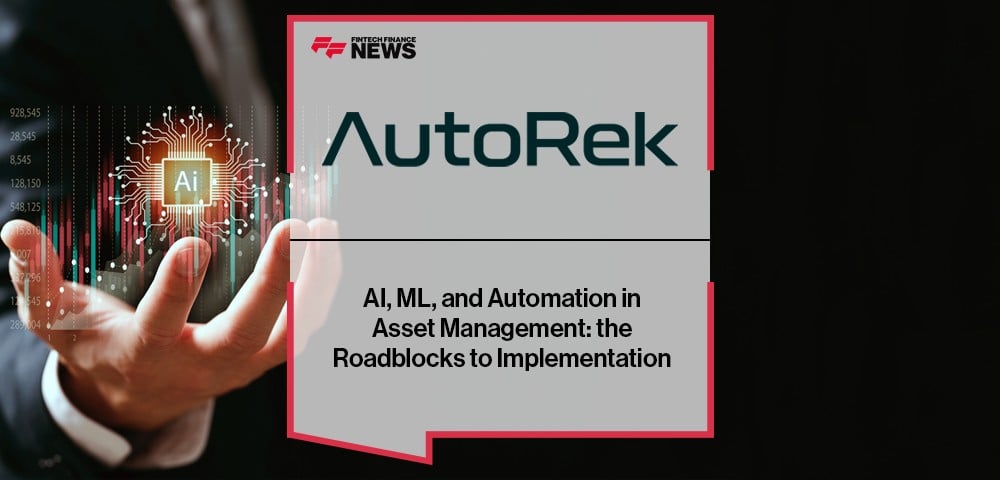
AI, ML, and Automation in Asset Management: the Roadblocks to Implementation
by Jonathan Scappaticci Client and Relationship Manager at AutoRek
Asset management and capital markets firms are operating in an environment marked by increasing complexity and change. With rising transaction volumes, operational inefficiencies and shifting client expectations, the industry is under increasing pressure to modernise operations.
Despite growing challenges, many firms still rely on outdated operational models – manual reconciliation, fragmented systems, and legacy technology that can’t keep up with the pace of change.
Artificial Intelligence (AI), machine learning (ML), and automation are transforming how firms operate, offering the ability to process data faster, reduce errors and free up valuable resources. But despite the clear benefits, adoption remains slow. The question isn’t whether AI and automation can improve operations; it’s why so many firms are still holding back.
Asset management in 2025: complexity demands change
The rise of digital assets, move toward real-time trading (T+1) and evolving regulatory frameworks are pushing transaction volumes to unprecedented levels. Managing this growing data burden with fragmented, outdated systems is becoming increasingly unsustainable.
AutoRek’s latest industry report reveals that 79% of asset management and capital markets firms say their reconciliation processes are already struggling to keep up with current data volumes – or will soon be overwhelmed if volumes continue to rise. And data volumes are rising – just see Nasdaq’s recent announcement to launch 24-hour trading on its exchange.
The message is clear: to keep pace with industry changes, firms need scalable, integrated, and automated solutions. But for many, the road to these solutions is blocked by a series of misconceptions and structural barriers.
The biggest roadblocks to AI, ML, and automation implementation
Why, in an industry that thrives on efficiency and precision, are so many firms hesitant to embrace AI, ML and automation? It comes down to a mix of technical and cultural barriers that have created resistance to change.
1. The perceived skills gap
Many firms believe that adopting AI and automation requires a highly technical workforce. Traditional reconciliation and operational processes have long relied on staff with deep institutional knowledge, making automation seem like a threat to expertise rather than a tool to enhance it. But modern AI and automation platforms are designed to simplify, not complicate. They offer intuitive interfaces, low-code/no-code functionality that allow non-technical staff to manage complex workflows, without needing advanced programming skills. AI and automation doesn’t replace human expertise, it complements it, freeing teams to focus on high-value tasks.
2. Data integration and compatibility issues
Asset managers handle massive volumes of data from multiple sources, such as custodians, brokers, fund administrators, and regulators, often in inconsistent formats. Integrating this data manually is slow and error prone.
This complexity has created a misconception: that automation only works if all data sources are standardised and compatible. Firms assume they need to overhaul their entire data infrastructure before adopting automation, an expensive and daunting prospect. In fact, 40% of firms cite data challenges as one of the top 3 barriers to implementing automation.
But modern AI and automation platforms are built to handle messy, inconsistent data. Machine learning algorithms can identify patterns, fill gaps, and reconcile discrepancies without the need for perfect data alignment. Solutions like AutoRek can ingest and process data from any source, in any format, reducing friction and improving accuracy.
3. Legacy technology and data silos
Legacy infrastructure remains one of the biggest obstacles to modernisation. Over half of firms (57%) still rely on spreadsheets or a mix of in-house systems and legacy software for data reconciliation.
High replacement costs, operational disruption, and vendor lock-in lead many firms to patch existing systems rather than upgrade them. This results in operational bottlenecks and increased error rates.
But modern automation solutions don’t require a full system overhaul. AI and automation platforms can integrate with legacy systems through APIs, allowing firms to automate key processes like reconciliation and reporting, without disrupting core operations. This allows firms to modernise incrementally, reducing risk and improving efficiency step by step.
4. Cost vs. ROI concerns
Risk aversion is often the most immediate blocker to automation. But this mindset overlooks the already present costs of manual processes and legacy technology. Labour-intensive reconciliation, human error, and compliance risks create direct and indirect costs that add up quickly, drain resources and limit growth. Soon, AI will empower firms to automate large platform migrations faster than ever before, greatly reducing the perceived risks seen by stakeholders. We have already entered an era where the biggest risk will be standing still.
AI-powered reconciliation increases accuracy, reduces processing time, and scales operations efficiently. The long-term value far outweighs the initial investment, allowing firms to allocate resources more effectively and drive strategic growth.
Breaking through the barriers: how firms can overcome implementation challenges
- Adopting AI, ML, and automation requires a strategic, phased approach:
- Assess current processes: identify inefficiencies and areas where manual intervention slows operations.
- Select a scalable automation solution: ensure the platform can handle diverse data sources, integrate seamlessly, and support long-term growth.
- Prioritise user-friendly technology: choose solutions with intuitive dashboards to reduce the need for specialised technical skills. Emphasise compliance and risk reduction: position automation as a tool for strengthening regulatory oversight and minimising compliance risks.
- Focus on ROI and strategic growth: shift the narrative from cost to value -automation isn’t just about efficiency; it’s about positioning your firm for future success.
Moving past the roadblocks
AI, ML, and automation have shifted from emerging trends to essential tools for staying competitive. While the barriers to adoption are real, they are not insurmountable. By challenging outdated assumptions, finding ways to integrate modern solutions with existing systems, and focusing on long-term strategic value over short-term costs, firms can position themselves for greater efficiency, resilience, and growth.
People In This Post
Companies In This Post
- EXCLUSIVE: “Passion Project” – Brice van de Walle, Mastercard in ‘The Fintech Magazine’ Read more
- FreedomPay Drives Global Merchant Innovation Read more
- FIS Brings AI-Powered Advancements to Seamless, Personalized Digital Banking Experiences Read more
- Citi Ventures Invests in BVNK to Power the Next Generation of Financial Infrastructure Read more
- Nearly Two-Thirds of Global Retailers Say Payment Method Flexibility Drives Revenue Growth, ACI Worldwide Survey Finds Read more





